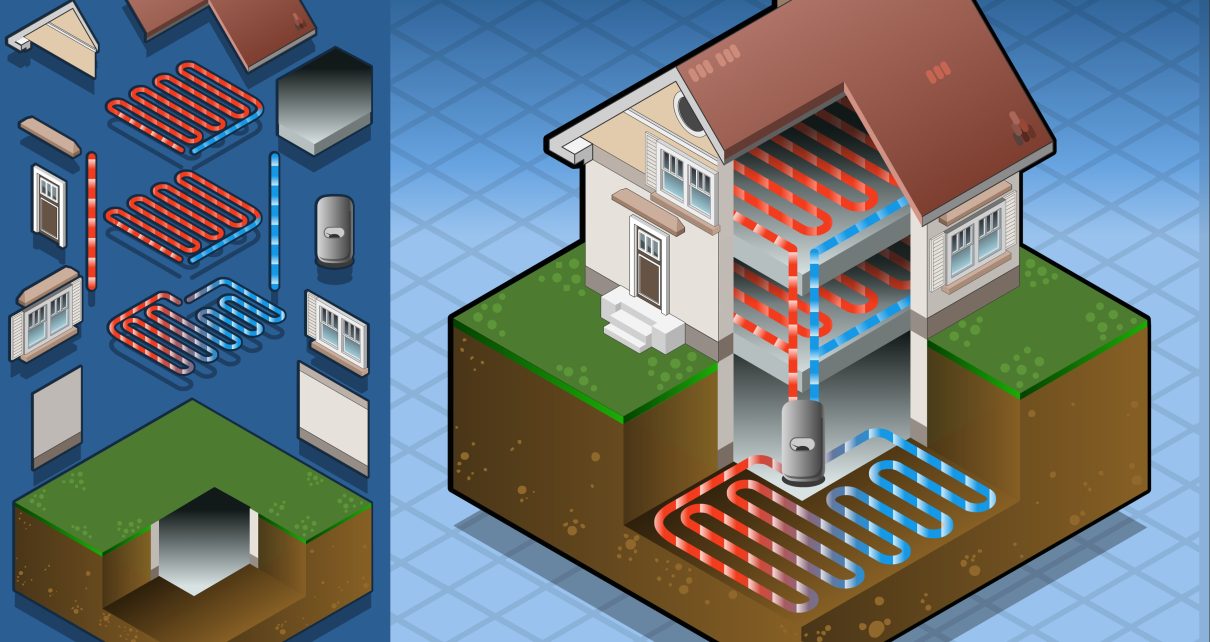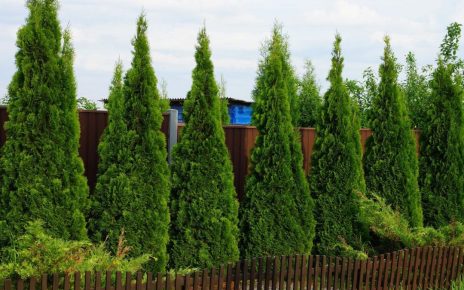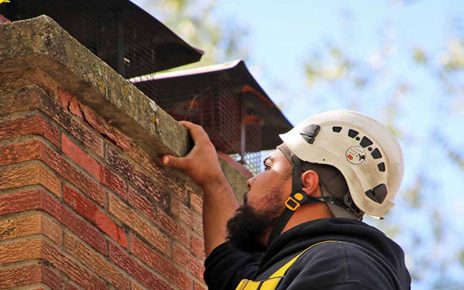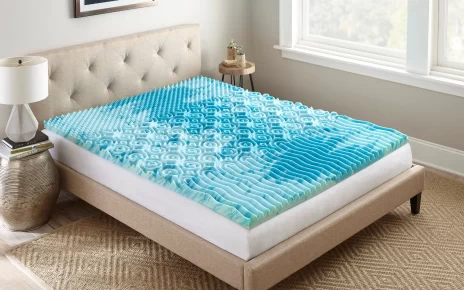The heat pump is the best way to keep your house warm in the winter and cool during summer. However, choosing a good one can be confusing as there are various types available like geothermal, air source heat pumps, ground source heat pumps, etc. This article will help you understand the different kinds of soojuspumbad (heat pumps) and their benefits so that you get the right one for your home.
One of the most energy-efficient ways to heat and cool a house, particularly in climates with moderate heating and cooling requirements, is with a heat pump. This overview of the three main types of heat pumps and how they operate will help you get started, whether you’re remodelling and considering a new heating system, your old furnace needs to be replaced, or you want to increase the energy efficiency of your home.
Types of Heat Pumps
Heat pumps have become very popular nowadays as they offer many advantages over conventional heating systems. They are the most efficient way to provide comfortable indoor temperature while keeping energy consumption low. There are three main types of heat pumps: Geothermal Heat Pump (GHP), Air Source Heat Pump (ASHP) and Ground Source Heat Pump (GSHP). These heat pumps operate on different principles but each has its own distinctive features.
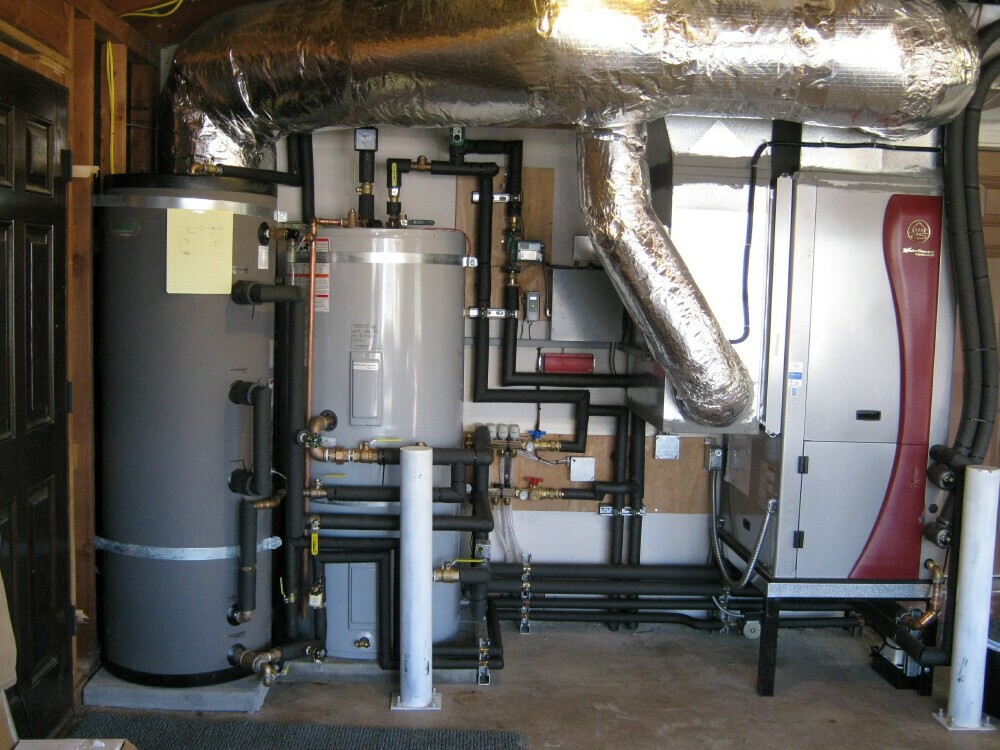
Geothermal Heat Pump (GHP)
Geothermal heat pumps use an underground reservoir or water as a medium to transfer heat from inside your house to outside. The earth’s constant temperature helps these units work more efficiently than other types of heat pumps. A GHP works by absorbing heat from your house’s air space through a large surface area located near the ground and then transferring it into the building via pipes. These heat pipes are usually made out of copper or aluminum and are installed directly under the flooring. A small opening called the discharge port allows hot air out and cold air in.
Air Source Heat Pump (ASHP)
In this type of unit, heat is transferred from your house into the external environment when air containing moisture is passed over a coil. ASHPs are similar to geothermal heat pumps except that only air flows around the coils rather than liquid moving through them. This makes ASHPs much cooler than GHP because a lot of heat is lost due to evaporation. But ASHPs have several advantages including lower cost and reduced maintenance requirements.
Ground Source Heat Pump (GSHP)
This type uses a well dug underneath your property to extract heat from the soil. GSHPs are also known as sub-surface heat pumps or hydronic systems. As the name suggests, all the heat transfers through a water loop. Water is circulated through pipes buried under the ground using either electricity or natural gas. The heat exchange process takes place between the water circulating through the loops and the soil surrounding them. Unlike the other two types of heat pumps, GSHPs do not require any connection with the outside environment.
Advantages of Heat Pumps
There are many benefits of having a heat pump in your property. Here are some of those.
- Energy savings
When combined with insulation, a heat pump can save up to 60% of your heating costs.
- Efficiency
While the heat pump efficiency varies depending on the type of heat pump you choose, all heat pumps are capable of providing more efficient heating than traditional furnaces.
- Cost savings
Heat pumps are cheaper to install than traditional heating systems.
- Environmentally friendly
Heat pumps reduce greenhouse gases emissions since there is no need to burn fossil fuels.
- Durability
Heat pumps have long life spans and are durable enough to withstand damage caused by earthquakes and hurricanes.
Disadvantages of Heat Pumps
While heat pumps are better than older furnace systems, there are disadvantages too. Here are some of those.
- Installation
Installing a heat pump requires professional installation services which often come at higher prices.
- Maintenance
Heat pumps require regular maintenance to ensure optimal performance
- Dampness
Heat pumps are sensitive to moisture build-up which can cause malfunctions.
- Noise pollution
Because of their noisy operation, heat pumps generate noise during operation.
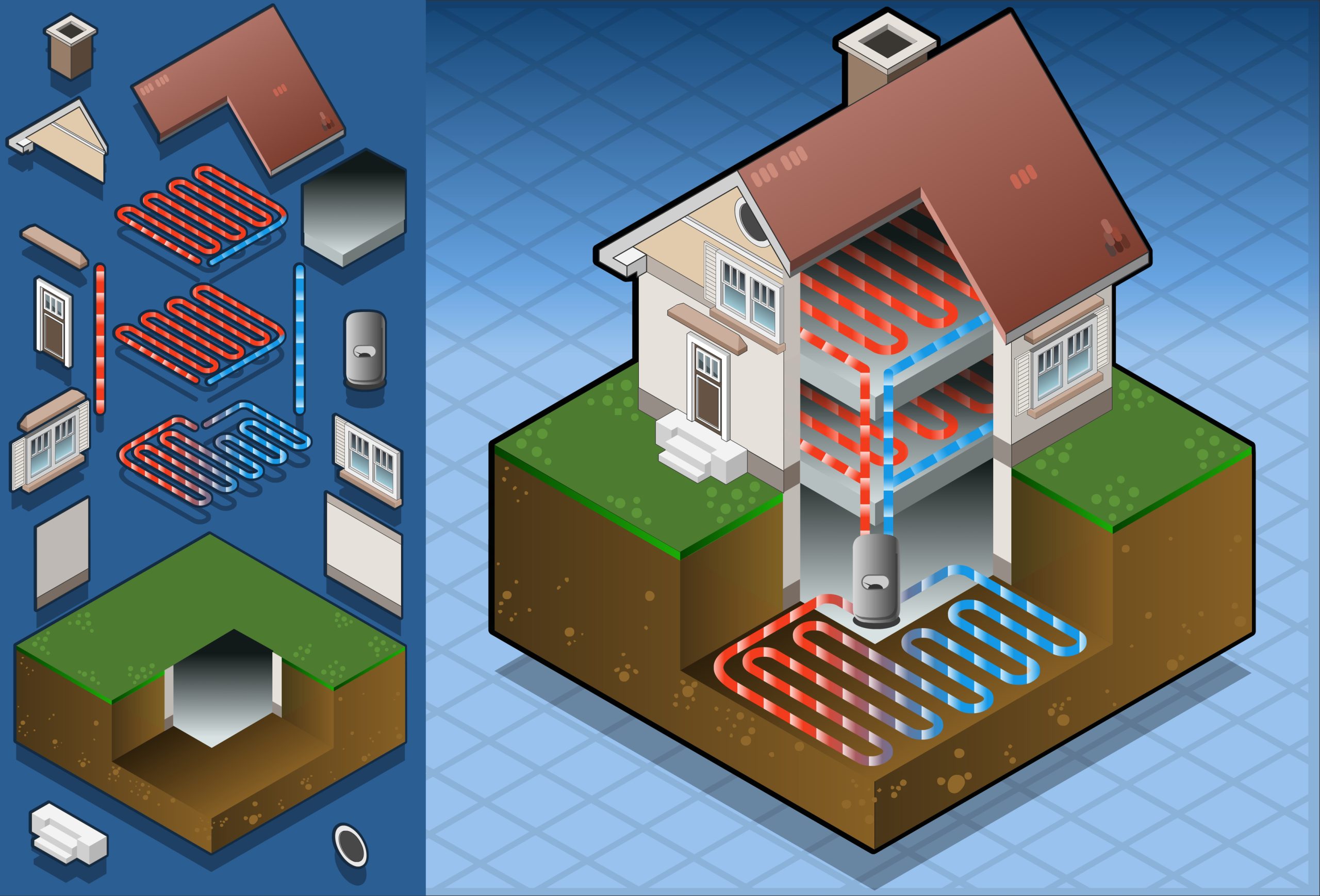
How to Install Heat Pumps
Installing a heat pump in your home is easy if you know what you need to look for. First of all, you should check whether the heat pump is compatible with your property. If you live in a detached house or condo, you may want to consider installing a heat pump as opposed to a central system. Some condominium associations in Canada even allow heat pumps. In addition, GHP is considered a “green” technology. It doesn’t cause any harmful chemicals to enter the environment. On the other hand, ASHP is considered a “gray” technology since it generates carbon dioxide emissions that contribute to global warming.
Next, you should decide where you would like to locate your heat pump. Most people prefer to install a GHP near the garage or basement entrance. This is because they don’t want to expose their family members to cold air coming from the outdoors. However, it is also advised that you avoid placing your unit in areas that receive strong winds as they could affect the effectiveness of your unit.
After selecting a location, it’s time to connect the heat pump to your property. Depending on the type of heat pump you choose, the connection will differ. With a GHP, you must drill holes in the concrete slab, while with an ASHP, you must dig a hole in the ground. Finally, you should connect the pipes that carry the water and air across your home.
Once everything is ready, you will need to wait until all the pipes are connected before turning on your system. After that, you should test your unit for leaks before proceeding with installation.
Final Verdict
Heat pumps have become quite popular nowadays thanks to their many advantages. As long as you follow instructions carefully, installing a heat pump on your property shouldn’t be difficult.

